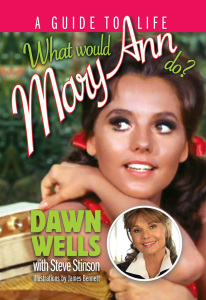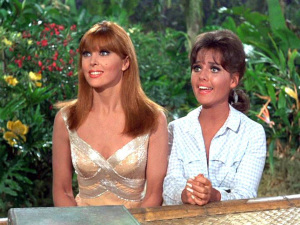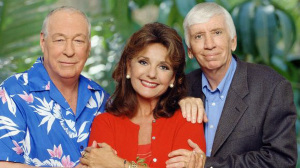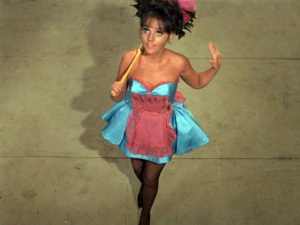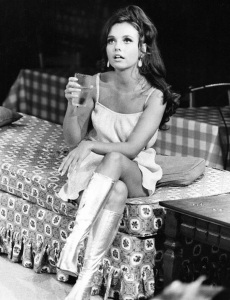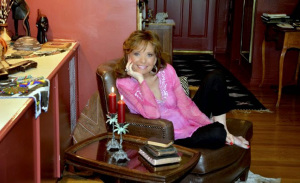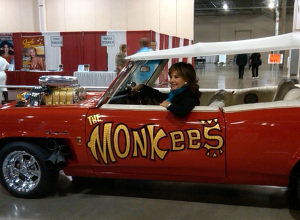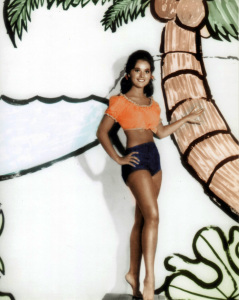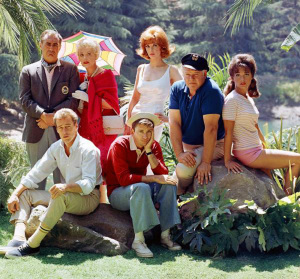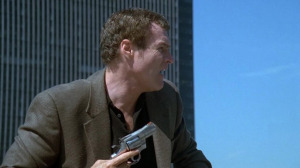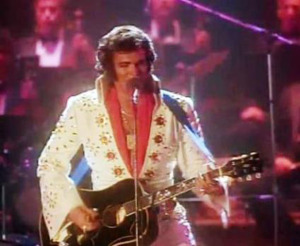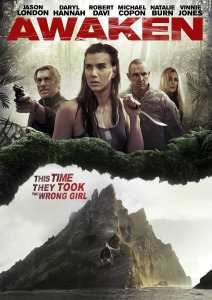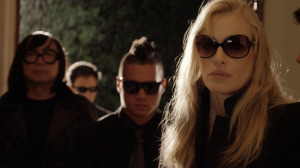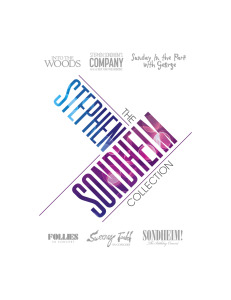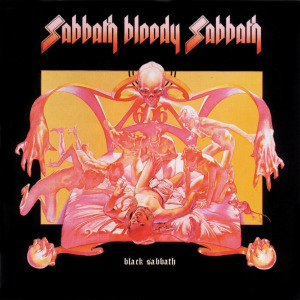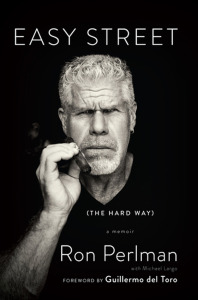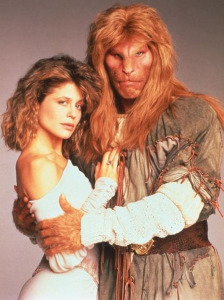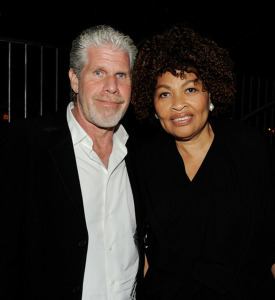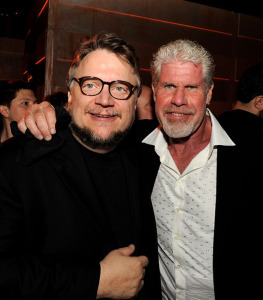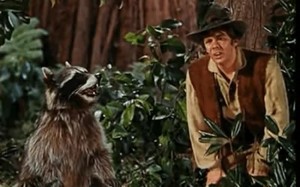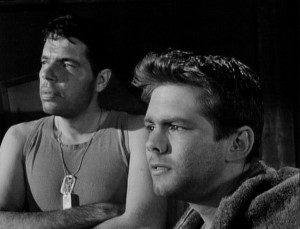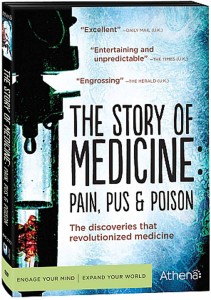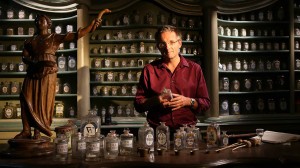
In a huge coincidence, I had rented a DVD box set of the old DICK VAN DYKE SHOW just a couple of days before Mary Tyler Moore passed away at age 80. The show was an Emmy Award winning, wonderful comedy that ran on the CBS television network for five seasons, from 1961-1966. A great star, a great ensemble cast, wonderful writing: It had it all and it made one young lady a huge star; just shy of her twenty-fifth birthday when the series debuted, Mary Tyler Moore had a flair for dancing, comedy and… yes, she was quite pretty and had a great smile. The chemistry between Moore and Van Dyke was exceptional.

THE DICK VAN DYKE SHOW was written by Carl Reiner, a comedy genius who also played the egotistical TV star, Alan Brady, for whom Van Dyke’s character, Rob Petrie was the head writer. Rob was (not always so ably) assisted by Rose Marie (as writer Sally Rogers) and the wonderful Morey Amsterdam as Buddy Sorrell who could throw jokes and one-liners out as fast as anyone. One of the all time great character actors of the ‘sixties, Richard Deacon played the show’s set-upon producer, Mel Cooley. Deacon is also remembered for his role as perpetual irritant Fred Rutherford on another classic sit-com, LEAVE IT TO BEAVER. Buddy didn’t care much for Mel and continually lambasted him with funny insults. And, of course, no one can deny that cheery, booming theme song is one of the greatest and most recognized in the history of television. The show, because of its writing and brilliant casting, still stands as a true classic, one of the funniest of any era. Yeah, it’s in “boring old” black and white and laced with mid-sixties nuclear-family-cum-hipster-chic fashion and interior design; still, it doesn’t come off as dated, because it dealt with everyday things in a humorous way that resonates as much today as it did 55 years ago.

Of course, Mary Tyler Moore became America’s sweetheart as Laura Petrie. She went on to major TV stardom later with the groundbreaking MARY TYLER MOORE series, still considered a defining moment of female empowerment. As with THE DICK VAN DYKE SHOW, the series featured brilliant scripts and a memorable ensemble cast, with Moore’s Mary Richards, a frantic (a trait she shared with Laura) young woman striking a (sometimes unknowing) blow for equality in the male-dominated world of television news. The dancer-turned-actress married future NBC-TV executive Grant Tinker in 1962; the couple formed MTM Enterprises in 1969, producing Moore’s show (and a multitude of spin-offs: RHODA, PHYLLIS and LOU GRANT), as well as innovative television like HILL STREET BLUES, SAINT ELSEWHERE, THE BOB NEWHART SHOW and, one of my personal favorites, WKRP IN CINCINNATI, among others. Watching these old VAN DYKE episodes was a lot of fun and a great walk down memory lane. Mary told an interviewer in later years that being on the show, surrounded by all those talented performers, was like being in a college for comedy. I couldn’t have said it better.


